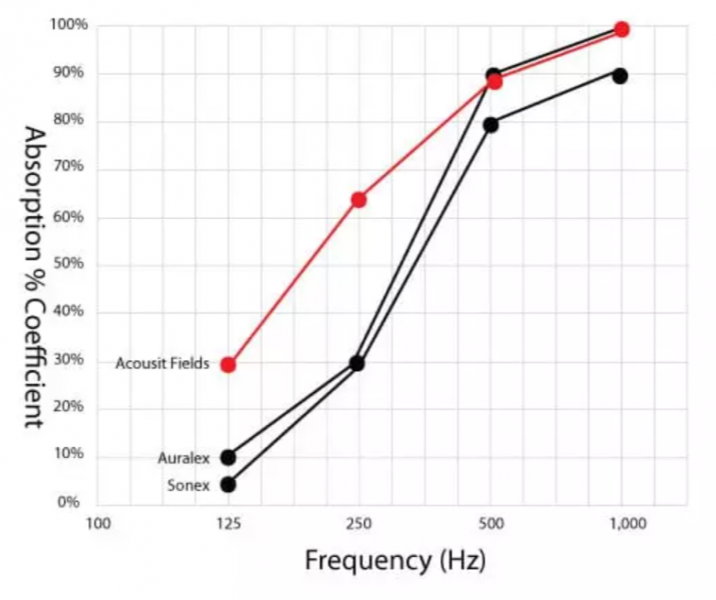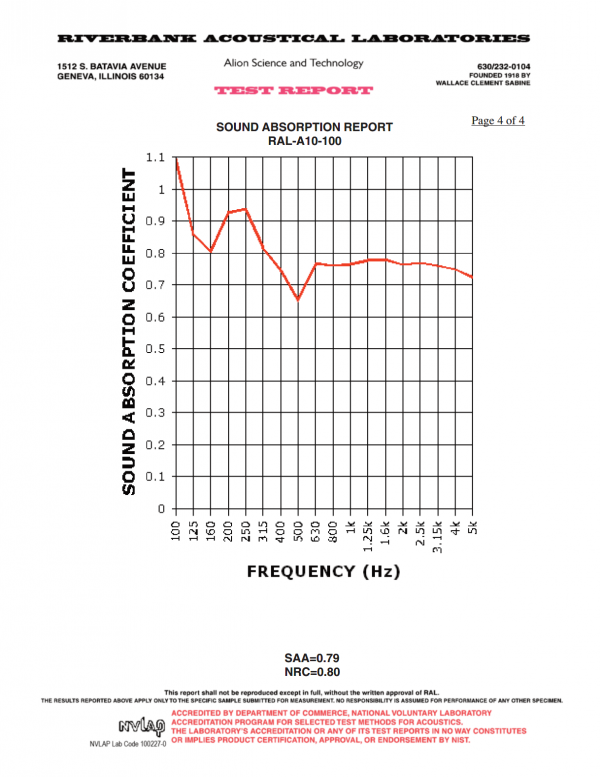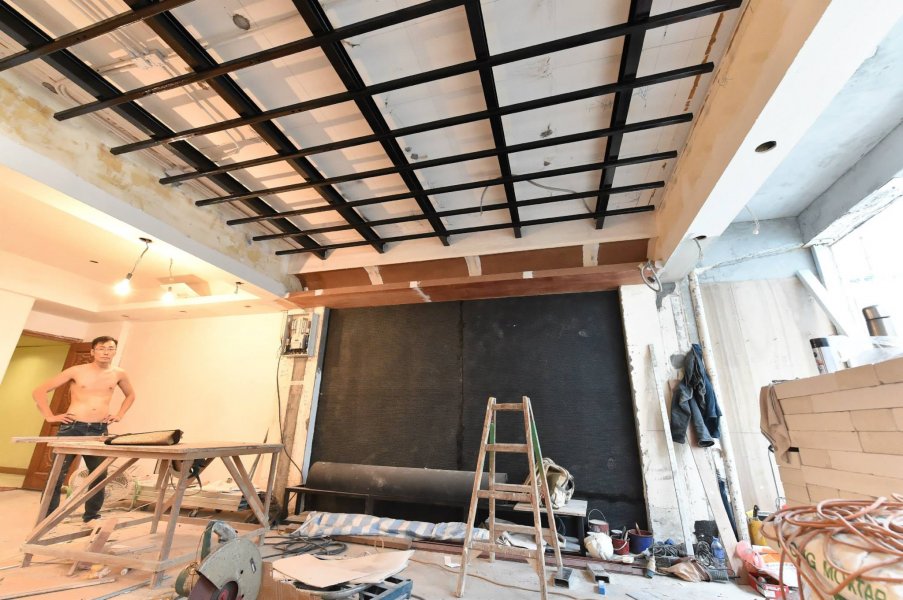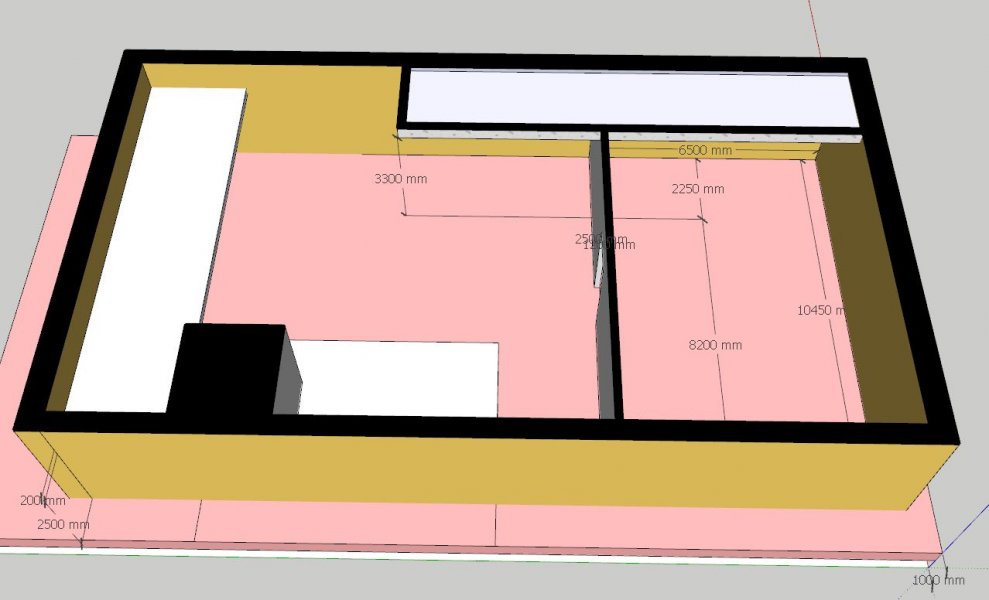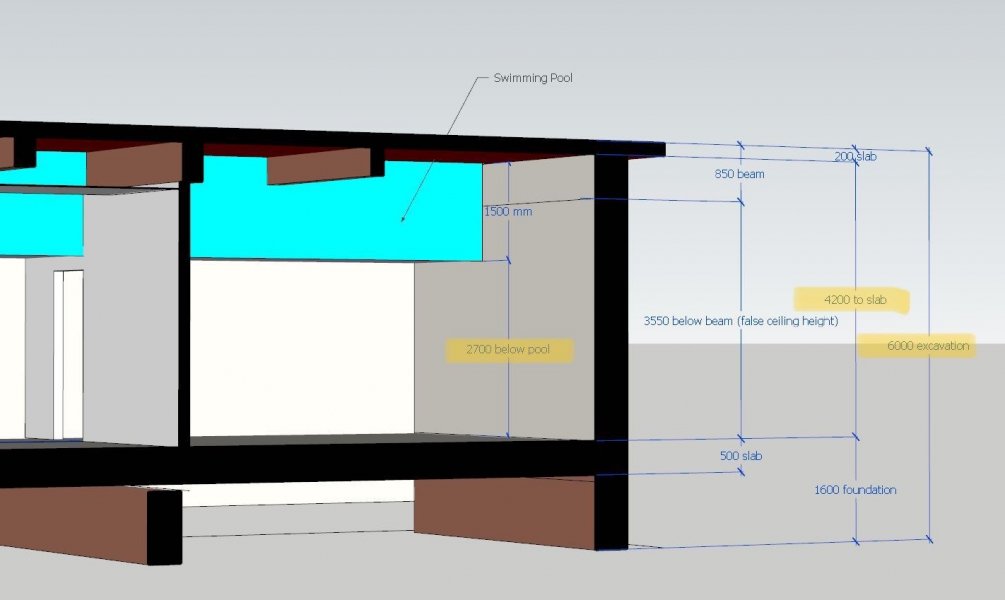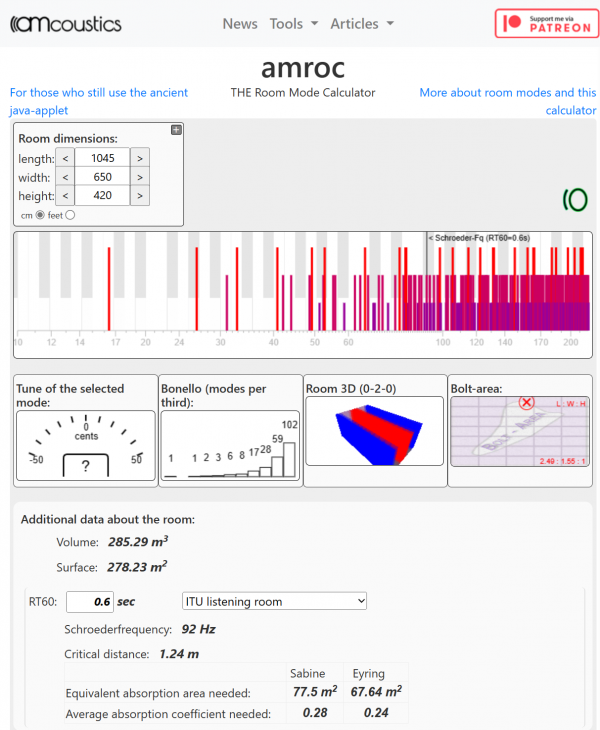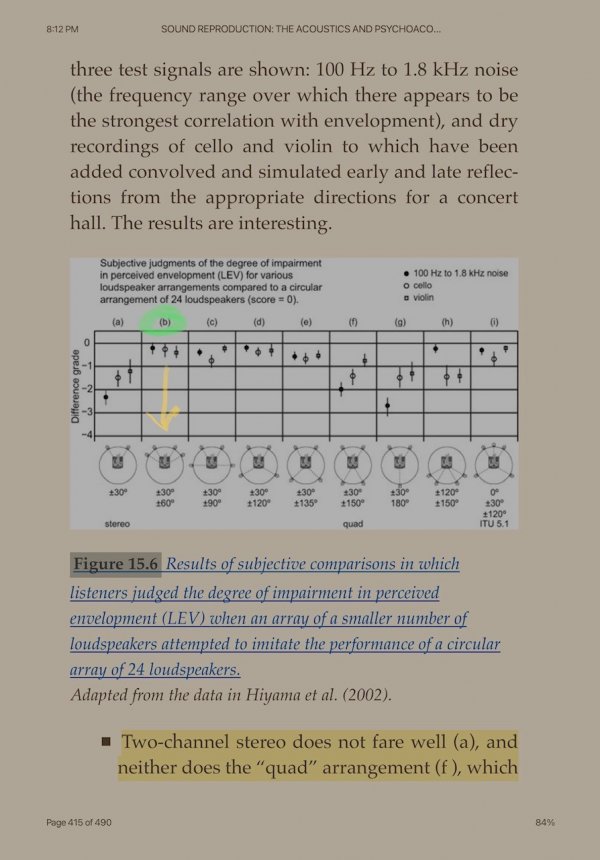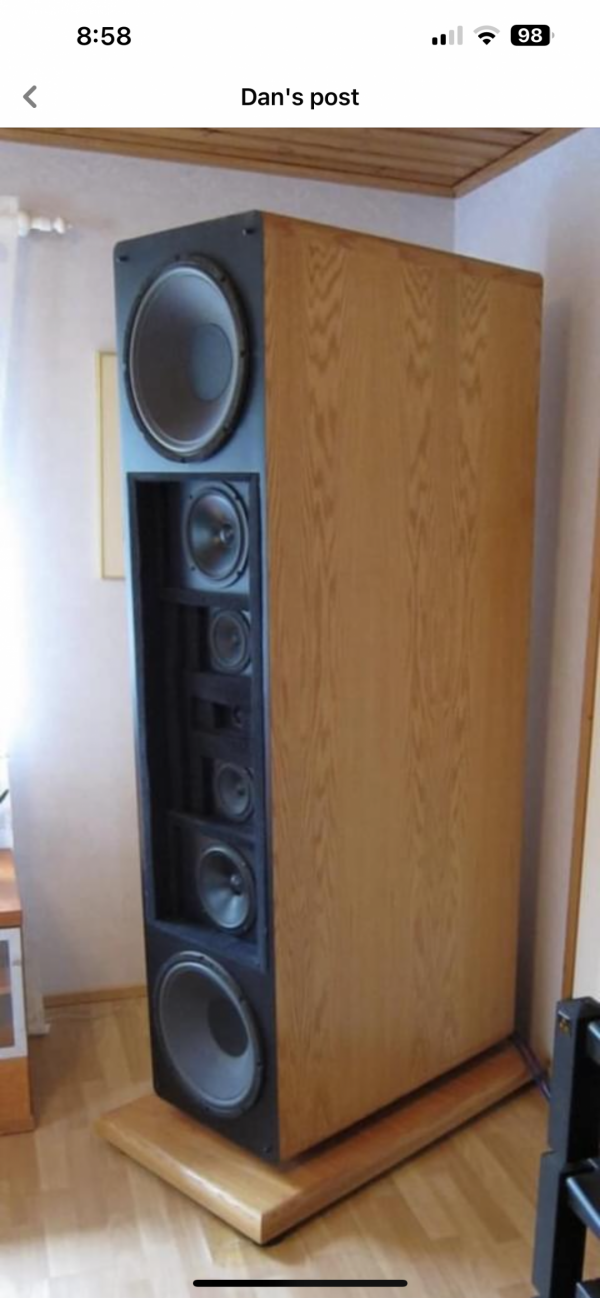Hi Cellcbern:There is of course another room acoustical technology that provides a third approach to dealing with low frequencies. Developed for and in use by well known film/recording/mixing studios (links to examples below), it is based on very high numbers per sf of non-parallel surfaces (DHDI ZR Acoustics). Since the secret appears to be a geometry that "deconstructs" the air the sound is riding on, panel thickness is not a key element as it is with conventional room treatments. Unfortunately data/measurements are only available to clients of the architectural firm that developed/designs with/deploys it (after signing an NDA), which (along with dislike of the marketing) is I assume why so few people posting on this forum have been willing to try it. As I've posted extensively, I found the "Sample Rate" and "Hybrid" panels to be superior to conventional room treatments, and deployed them in my listening room to the extent resources permitted. Whether or not one accepts the technical/marketing explanation, I remain puzzled given the blue chip client list that even audiophiles with deep pockets have not been willing to experiment with them - if only for spot applications as part of a larger conventional installation. The space savings alone compared with foot thick bass traps should make such experimentatin attractive. I highlighted the word "experiment" because I don't expect people to be able to "get their heads around" the concept, but hearing is believing. I found them to surpass conventional absorbers in dealing with reflections for example without deadening the room, and remain thrilled with the overall results in my purpose built dedicated basement listening room.
FYI:
https://deltahdesign.com/portfolio/

Design + Consultation Services | Quantum Acoustics® + Architecture
DHDI provides Acoustical Design + Consultation services utilizing the revolutionary ZR Acoustics® design paradigm powered by Quantum Acoustics® for a wide variety of clientele from the discerning individual to Global Media Corporations. ACOUSTICAL DESIGN SERVICES Facility Design With over...deltahdesign.com

ZR Selector
ZR Acoustics® | The Ultimate Listening Experience Elegant | Life - Like Imaging | Wall to Wall Sweet Spots | Extreme Acoustic Resolution | Quantum Technology The Quantum Acoustics MultiVerse is rich with options. Finding the right tool for the right job has...deltahdesign.com
Thank you for recommending the DHDI/ZR Acoustics products for treating low frequency issues in my future dedicated listening room! Navigating through their website was quite a challenge - it took me nearly ten minutes to find a description of their core technology asserting to repeal the laws of acoustics and physics.
Quote: [[ZR’s core principle is simple: Phase Coherency creates Life-Like Imaging and an audible sense of Expansiveness. In the eyes of Quantum Physics, it is now understood that Electrons and Air molecules behave in the same Quantum fashion. Using this core principle, ZR Acoustics® eradicates the most egregious acoustical issues, including low intelligibility, resonant frequencies, excessive reverberation, standing waves, variable frequency response with amplitude, and bass buildup in corners. The root of these issues begins with reflections off hard surfaces. ZR creates the proper environment in which reflections are quantized. Quantized Air at hard reflective surfaces equals no wave action. No wave action means no sound reflections, and no sound reflections means only crisp, clear, Direct sound with high Phase Coherency, resulting in Life-Like Imaging and a true sense of spaciousness.
Quantum Physics and wave particle duality were proven to be a reality In the early 1900’s. It is the basis for the entire Era of Electronics. The concept is that until they are observed, electrons can behave as waves, as individual particles or as both at the same time. ZR Acoustics® creates the proper environment to quantize the behavior of Air molecules from wave fashion to individual particle fashion. When Air molecules behave as individual particles (i.e. no wave behavior), sound energy has no medium to ride upon. Like a radio signal without a carrier wave, the sound simply ceases to exist. In conjunction with precise, artistic design, this effect dramatically increases Phase Coherence, and consequently imaging and spaciousness.
The ZR Acoustics® paradigm is based in science and designed for creativity, like a finely tuned instrument. Designs are handcrafted and embedded with higher order mathematics, complex topologies, and Extreme Acoustic Resolution.]]
With a thickness of just 0.75", those sleek and slender panels with 0.50" deep wells will help diffuse frequencies of 6,780Hz and above, so it will indeed be a Quantum Physics miracle for the panels to eradicate standing waves and bass buildup (wavelengths of 11.3ft for 100Hz, 22.6ft for 50Hz, and 37.7ft for 30Hz) or lower!
While I'm really intrigued by the mind-blowing potential of this out-of-this-world technology, unfortunately the concentric-circle aesthetics clash with my taste violently; in fact just glancing at thumbnail photos of them on my computer screen using only my peripheral vision triggers a headache. I simply cannot imagine life-sized ZR Acoustics panels covering the coveted front wall of my listening room... I think I would be instantly debilitated with severe nausea and vertigo. I think I've discovered that I'm suffering a rare variety of a trypophobia, triggered not by irregular bumps and holes, but by concentric circles.
But in all seriousness, I really appreciate you taking the time to recommend the ZR Acoustics products to me. It's good to keep an open mind to trying new things, even if it means discovering what I don't like. ;-)
Last edited:



